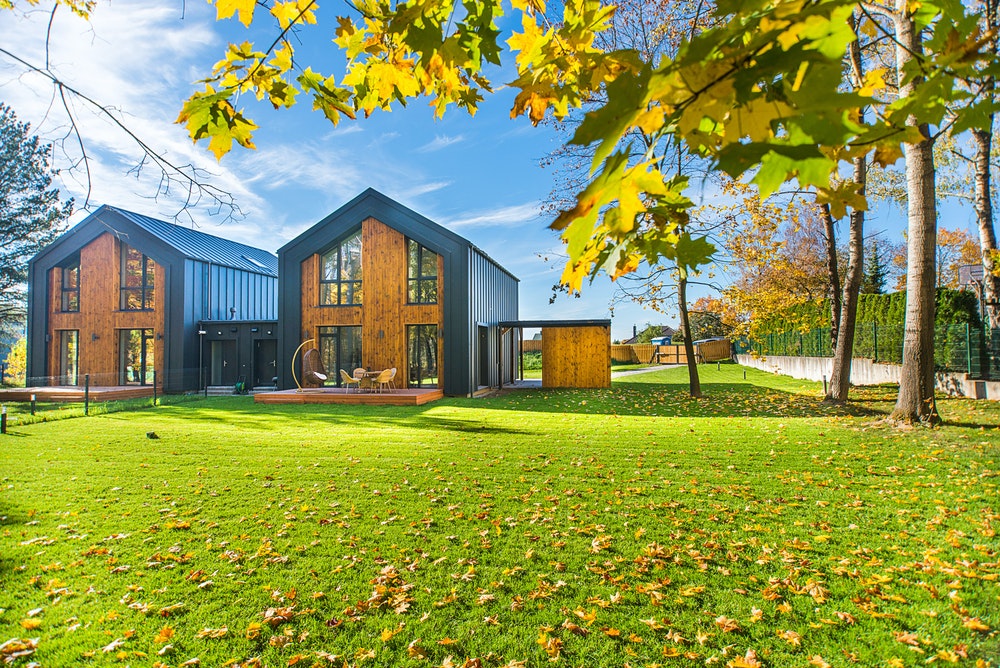Hardscaping Abingdon

What Is Hardscaping?
Hardscaping refers to any man made structure within landscaping design that is made of inanimate materials like gravel, brick, wood, pavers, or stone. Any solid structure in an outdoor area that is not plant life is considered hardscape. Some examples of hardscape features include driveways, patios, fountains, fire pits, and walkways. Conversely, softscaping is the form of landscape design that primarily deals with organic, living material such as trees, shrubs, and flower beds.
The Differences Between Hardscaping and Landscaping
Hardscaping refers to the structures within landscaping that are made out of non-living materials. Every landscape design is made up of a series of hardscaping features—including walkways, gravel paths, fountains, and structural accents—and softscaping features—which are any plants like flowers or trees—that complement and support each other. Hardscaping is inanimate and often provides the structure for softscaping, which grows and evolves.
7 Types of Hardscaping
There is a wide selection of products and materials that can be used to craft a hardscaping design for your outdoor space. Here is an overview of seven types of hardscape features.
Fire pits: A built-in outdoor fireplace or fire pit made of brick or stone is functional hardscaping that can make your outdoor space more liveable and relaxing.
Stone pathways: Stone pathways are typically made out of materials like natural stone or concrete pavers. They can provide you with access to the different parts of your garden that helps you avoid trampling any of your dirt or getting your feet dirty.
Retaining walls: Retaining walls are load-bearing walls that draw the boundary of a garden at the top of a hill, or the bottom of a hill, effectively damming up dirt and water runoff that would otherwise interfere with growing softscape.
Gazebos and pergolas: Freestanding structures in your outdoor living space like gazebos and pergolas—which are partially-shaded walkways—are forms of hardscaping that come in a variety of shapes, sizes, materials, and themes. They provide shade and shelter during outdoor gatherings and make your outdoor space more liveable.
Decks and patios: Structures like wooden decks and patios are another form of hardscaping that can extend living space into an outdoor area. You can use materials like brick or concrete depending on cost and maintenance requirements.
Fountains: Water features like fountains or paved garden streams can provide your backyard with a natural focal point and a peaceful ambience.
Driveways: Driveways provide you with a car path into your property. They can be made from poured concrete, brick, stone, asphalt, or any other sturdy, weather and load-bearing material. A house will often come with a built-in driveway, but some homeowners choose to hardscape new driveways if they decide to expand or renovate after excessive wear.
How Hardscaping Can Increase the Value of a Home
Hardscaping any structure on your property may be costly, but it can increase the value of your home. Features like a fire pit, an outdoor kitchen, or flagstone patio tiles can make your outdoor space more liveable and add to the visual appeal, functionality, and value of your home.